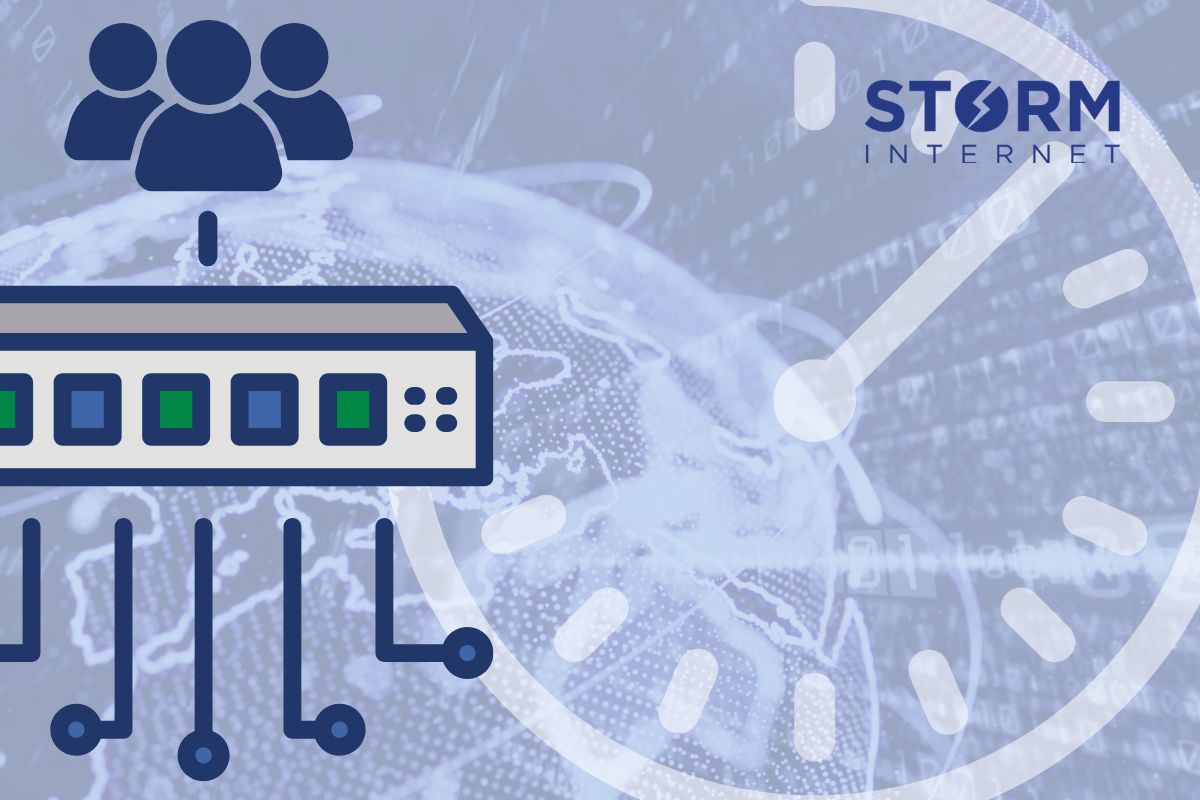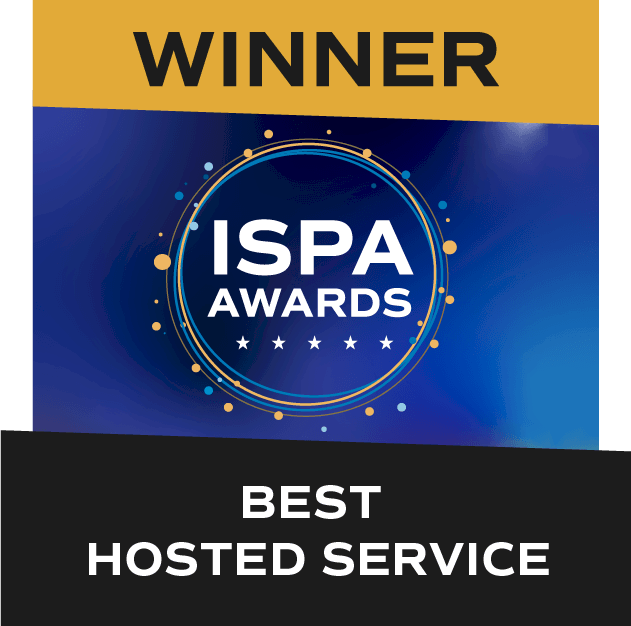With a headless CMS, you can create, store, and manage content in a central location, and display it on websites, apps, IoT devices, and more. For many organisations the first few steps of the headless journey begin with a decision whether or not to self-host or to sign up for a headless SaaS solution. Each option has its own advantages and disadvantages which, when compared, simplifies the decision.
When should you go headless?
Perhaps the most appealing and oft-cited feature of a headless CMS is its omnichannel publishing capabilities. In other words, you can publish and otherwise manage the content displayed on websites, apps, phones, smartwatches, tablets, IoT devices, CRMs, and digital signage from a single CMS. This is made possible with APIs such as RESTful API or GraphQL API.
In contrast, a traditional CMS typically offers only one presentation layer (display in a desktop or mobile browser) per CMS. It’s also what’s referred to as a ‘monolithic architecture’, meaning that the CMS’s individual components are tightly coupled or dependent on each other. A headless CMS presents a more modular solution, often described as having a microservices architecture. This, in turn, provides the potential for greater customisation with less effort compared to a monolithic architecture.
We can therefore conclude that switching to a headless CMS is a good idea when:
- You need to deliver content to multiple channels whilst maintaining on-brand messaging and consistency
- You want to deliver custom user experiences using a specific technology stack
- Your business relies on a complex ecosystem of integrated tools and systems (like CRM, marketing automation, and e-commerce platforms), a headless CMS can offer more flexibility and easier integration capabilities
A headless CMS can deliver on all these features, but the extent to which it does and the expertise required to achieve your goals can be greatly influenced by your choice between a SaaS and open-source headless CMS solution.









